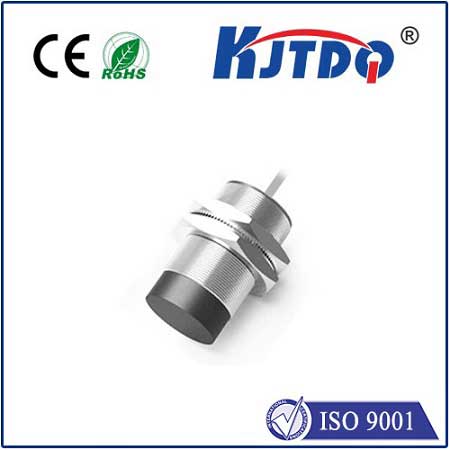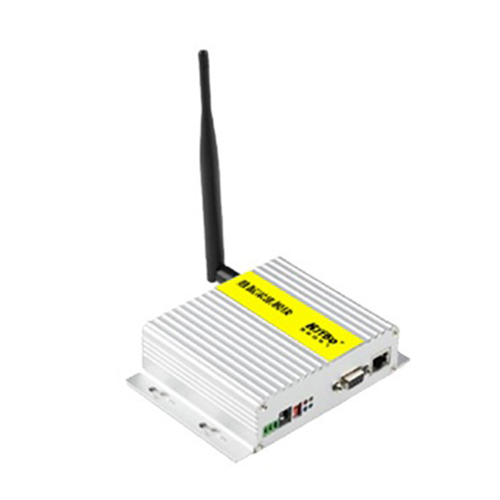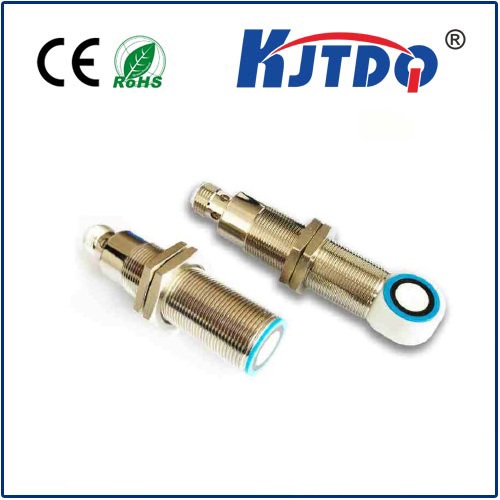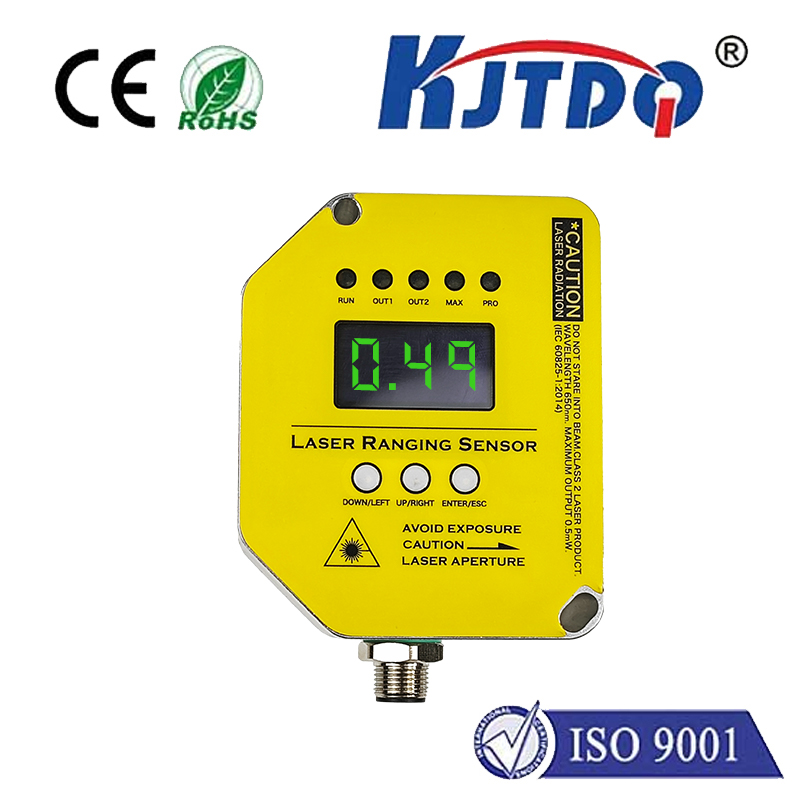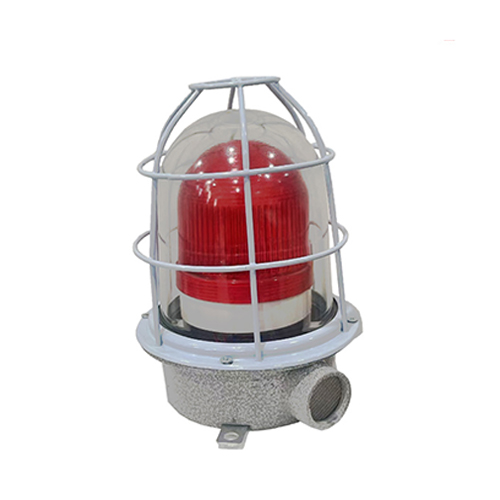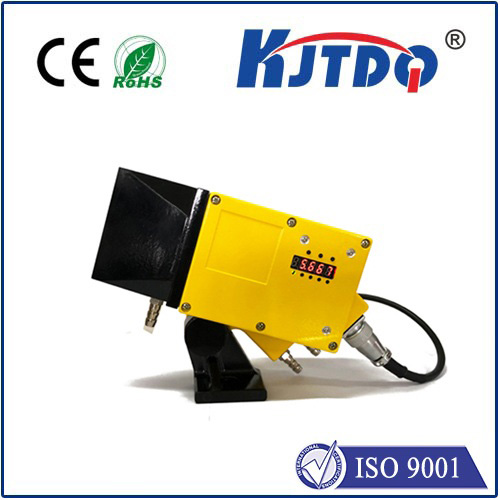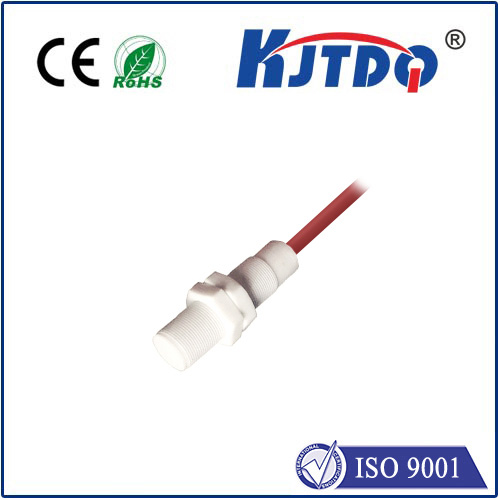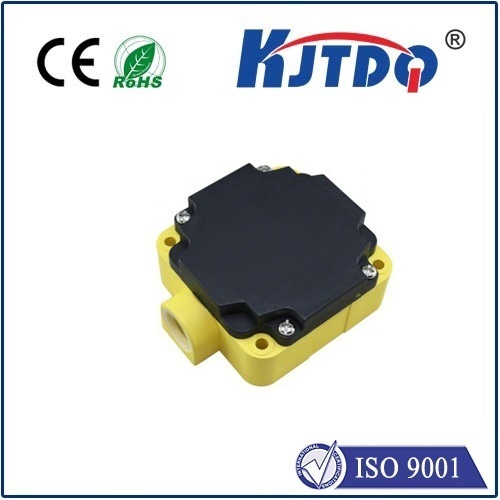Фотоэлектрический барьерный датчик
- time:2025-07-26 02:22:57
- Нажмите:0
Photoelectric Barrier Sensors: The Invisible Guardians of Automation and Safety
Imagine walking into a modern grocery store. The automatic doors slide open seamlessly as you approach, triggered by an unseen force. Or picture a bustling factory assembly line where intricate robotic arms move with precision, flawlessly placing components, all while ensuring no worker accidentally steps into a dangerous zone. The silent, often unnoticed hero enabling these feats of convenience and safety? Photoelectric barrier sensors. These ingenious devices form the backbone of countless automated processes and protection systems, acting as precise, non-contact sentinels using nothing but beams of light.
Understanding the Photoelectric Principle
At their core, photoelectric barrier sensors operate on the fundamental photoelectric effect, where light energy striking a material can generate an electrical signal. Specifically, these sensors utilize the interruption of a light beam to detect the presence, absence, position, or even characteristics of an object. They consist of two physically separate components:
- Emitter: This unit generates a beam of light, typically infrared (IR) light due to its immunity to ambient visible light interference. Modern emitters often use modulated IR light – pulsing it at specific high frequencies – to further enhance noise rejection and operational reliability.
- Receiver: Positioned opposite the emitter (in the most common configuration), the receiver detects the transmitted light beam. It is tuned to recognize the specific frequency emitted by its paired unit. When the light beam strikes the receiver’s photodetector, it generates an electrical output signal (usually indicating “beam clear” or “no obstruction”).
The Magic Happens with Interruption
The sensor’s primary function hinges on the principle of beam interruption. When an object passes between the emitter and receiver, it blocks the light beam. This interruption is detected by the receiver, which immediately changes its output state – typically switching from “ON” (beam received) to “OFF” (beam blocked), or vice-versa, depending on the sensor’s configuration and logic. This rapid state change is the crucial signal used by control systems (like PLCs in factories or microcontrollers in doors) to trigger actions: stop a conveyor belt, open a door, activate an alarm, or halt a robot arm.

Key Configurations: More Than One Way to Cast a Beam
While the basic principle is constant, photoelectric barrier sensors come in different configurations to suit diverse applications:
- Through-Beam (Opposed Mode): This is the classic barrier sensor setup. The emitter and receiver face each other directly, creating a distinct beam path. Through-beam sensors offer the longest sensing ranges (often several meters or even tens of meters) and the highest reliability for detection, as the receiver sees the emitter’s full strength signal. They are ideal for detecting small objects and ensuring precise position control over long distances, common in large machinery safety curtains or material handling systems.
- Retroreflective (Reflex Mode): Here, both emitter and receiver are housed in a single unit. The emitted beam travels towards a specialized retroreflector (a prism or tape that reflects light directly back along its incident path). The reflected beam is then detected by the receiver within the sensor housing. Object detection occurs when the target breaks the beam path between the sensor and the reflector. This setup simplifies wiring (only one device needs power/I/O) and alignment compared to through-beam, making it popular for conveyor detection, packaging lines, and door control. However, range is typically shorter than through-beam, and highly reflective targets can sometimes confuse the sensor.
- Diffuse (Proximity Mode): Although sometimes categorized separately, diffuse sensors technically create a “barrier” very close to their face. They detect light reflected directly off the target object itself. While they don’t use a separate reflector or receiver unit, they function as a short-range barrier where the object itself provides the reflection needed to change the sensor’s state. Range is very limited compared to true barrier configurations.
Where the Light Beams Shine: Pervasive Applications
The versatility and reliability of photoelectric barrier sensors make them ubiquitous across industries:
- Промышленная автоматизация: The workhorses of factories. Counting objects on conveyors, controlling filling levels, detecting jams, verifying part presence or orientation before assembly, triggering robotic actions, and ensuring precise positioning of machinery components.
- Material Handling & Packaging: Monitoring product flow on belts, detecting cartons for case packing, controlling diverters, and sensing pallet presence on lifts and forklifts.
- Automatic Doors & Gates: The most visible application for many. Safely opening doors as people approach and preventing closure when someone is in the doorway.
- Safety Systems: Critical for personnel protection. Forming light curtains around hazardous machinery (presses, robots, cutting zones). If the invisible light barrier is broken, the machine instantly stops or enters a safe mode, preventing accidents. Also used as safety interlocks on guards.
- Transportation & Logistics: Detecting vehicles at toll booths or parking garages, monitoring occupancy on conveyor systems, and triggering sorting mechanisms.
- Security Systems: Creating perimeter intrusion detection beams, monitoring entry/exit points, and acting as non-contact triggers for alarms.
Choosing the Right Light Barrier: Key Considerations
Selecting the optimal Фотоэлектрический барьерный датчик requires careful evaluation of several factors:
- Sensing Range: The maximum reliable distance between emitter and receiver (through-beam) or sensor and reflector (retroreflective).
- Object Size: The smallest object the sensor needs to reliably detect. Through-beam sensors generally excel at detecting very small objects.
- Environment: Consider factors like dust, fog, moisture, temperature extremes, vibration, and ambient light levels. Robust housings (IP67/IP69K ratings are common for industrial use) and modulated light sources are essential for harsh environments.
- Required Output: The electrical signal type needed (e.g., PNP/NPN transistor, relay, analog) and voltage level (10-30V DC is standard).
- Mounting & Alignment: Ease of physical installation and beam alignment. Retroreflective sensors simplify this. Many modern sensors feature alignment indicators (LEDs) to facilitate setup.
- Response Time: How quickly the sensor can detect an interruption and change its output state. Critical for high-speed applications.
Advantages Beyond Compare
Photoelectric barrier sensors offer compelling benefits that have cemented their dominance:
- Non-contact Detection: No physical touch means no wear and tear on the sensor or the target object.
- High Speed & Precision: Capable of detecting objects at very high speeds with precise positioning accuracy.
- Long Sensing Range (Through-beam): Unmatched for long-distance detection needs.
- Reliability & Durability: Modern designs are robust and built for industrial longevity.
- Многогранность: Available in diverse configurations and housings for almost any application.
Conclusion: The Unseen Enablers
From the mundane convenience of automatic supermarket doors to the critical safety systems guarding workers on factory floors, photoelectric barrier sensors operate tirelessly in the background. Their ability to create precise, reliable, and non-contact detection barriers using simple beams of light makes them indispensable tools in our increasingly automated and safety-conscious world. Understanding their principles, configurations, and applications is key to harnessing their power effectively, proving that sometimes, the most powerful solutions are the ones you never see.

